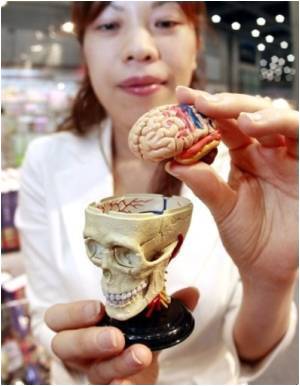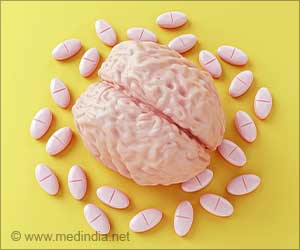Astrocyes initially were considered as structures that fill in the gaps between neurons, but in a recent research work this has been proved wrong.

If that transfer is blocked in any number of ways, rats fail to remember events that happened days or a week before.
Cristina Alberini and her team studies long-term memory and the underlying changes in the brain responsible by exposing rats to a footshock.
After just one event, rats will form a lasting memory of the place where that footshock was delivered and avoid it. That avoidance behaviour offers a way to measure the memory.
"When events are emotionally charged, we remember them much better," Alberini said.
Now, Alberini and her colleagues report that in the rat hippocampus (a region of the brain that is central to learning and memory) learning leads to a significant increase in extracellular lactate levels derived from glycogen stored in the astrocytes.
Advertisement
Rats also developed amnesia when the lactate transporters on either their astrocytes or neurons were disrupted. When lactate was delivered straight to the brains of rats whose transport of lactate out of astrocytes was blocked, their ability to remember things in the long-term was restored.
Advertisement
Source-ANI















